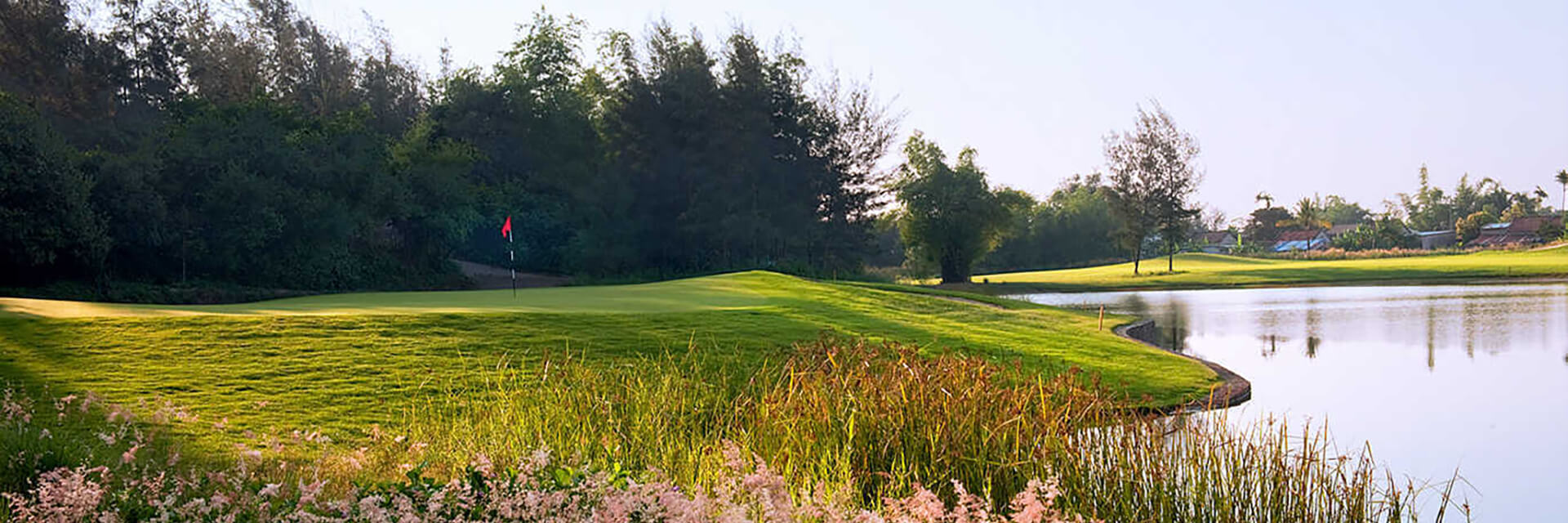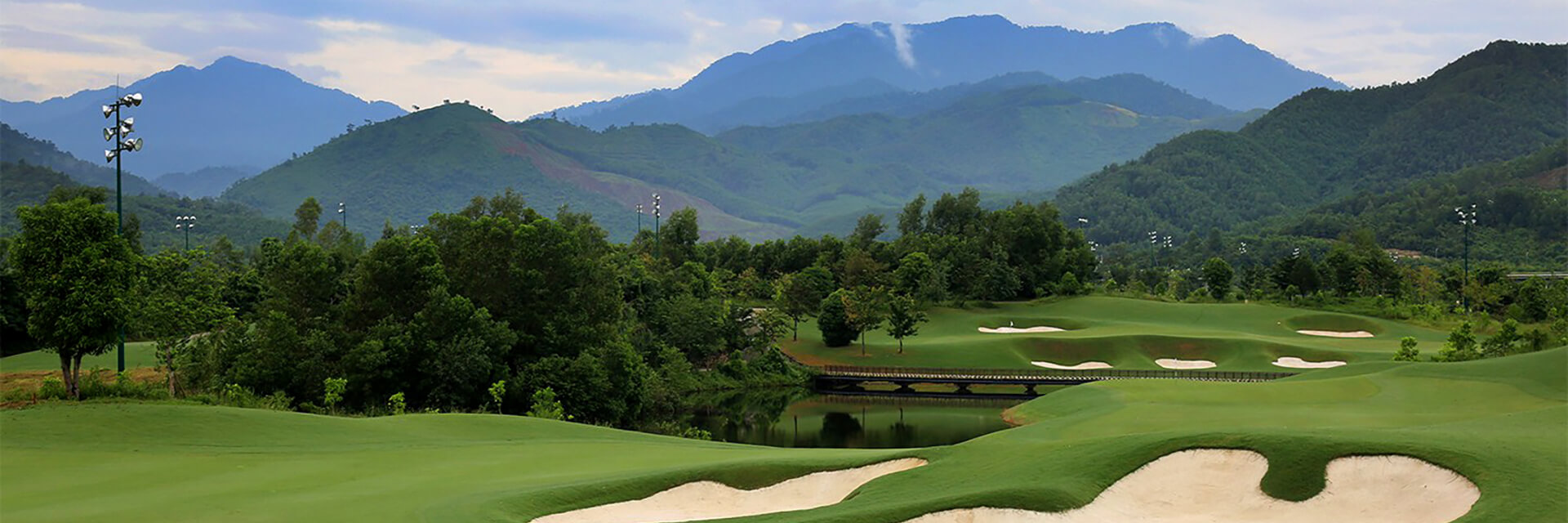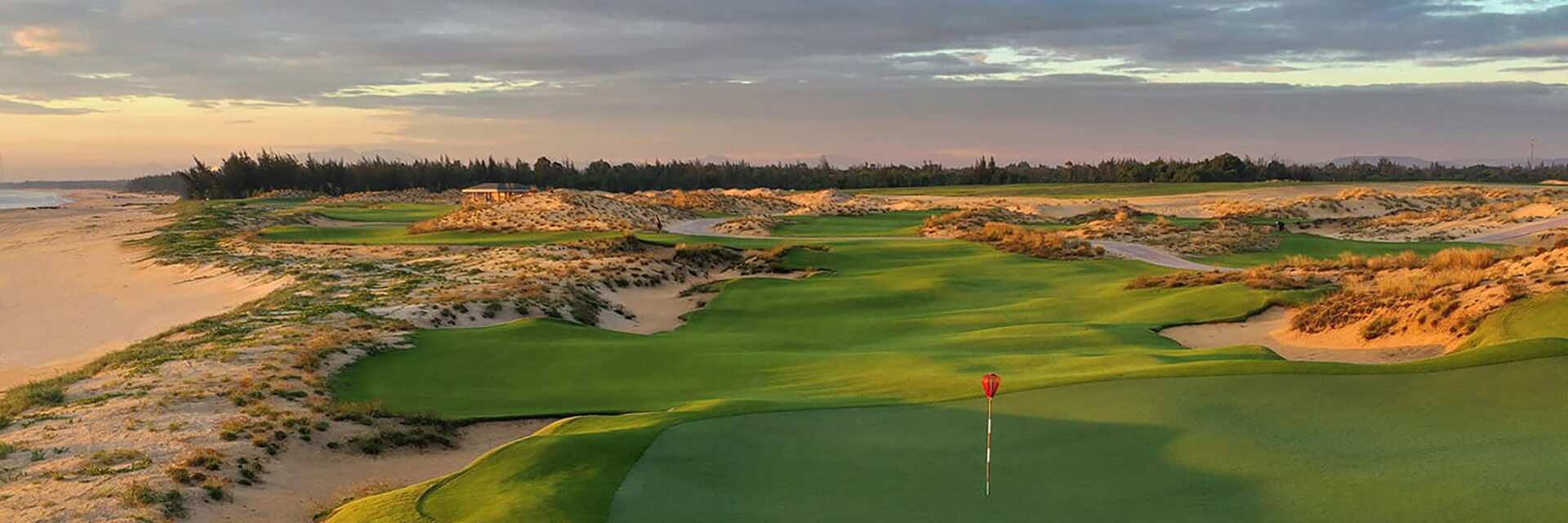Guides
Hue Attractions
The Imperial City at Hue is the best-preserved remnant of a vast citidel and royal quarters that once existed on the site. To put the ruins into context, it is important to consider how they were originally used.In the early 19th century the Emperor Gia Long consulted geomancers to find the best place to build a new palace and citadel. The geomancers chose the present site at Hue. The Emperor wished to recreate, in abbreviated form, a replica of the Forbidden City in Beijing. At his command, tens of thousands of laborers were conscripted to dig a ten kilometer moat and earthen walls to form the outer perimeter of the citidel. Later, the earthen walls were replaced by two-meter-thick stone walls built in the style of the French military architect Vauban. Due to the topography, the citadel faced east toward the Perfume river (unlike the Forbidden City in Beijing, which faced due south). The Emperor decided to locate his own palace within the walls of the citadel along the east side nearest the river. A second, smaller set of walls and moat defined the area of the "Purple Forbidden City," where the Emperor built a network of palaces, gates, and courtyards that served as his home and the administrative core of the Empire.
By the time the last Emperor of Vietnam stepped down in the mid 20th century, the Purple Forbidden City had acquired many dozens of pavilions and hundreds of rooms. Although improperly maintained (the city suffered from frequent termite and typhoon damage) it nevertheless remained an imposing spectacle. All of that changed in 1968, when American military forces in Vietnam, reacting to the communist takeover of Hue, ordered the city retaken. American bombs blasted the majority of the city into rubble, sparing only a handful of buildings. Nowadays the city has been declared a UNESCO site and the remaining buildings have been lovingly restored. But, much of the site was so badly damaged that it has been given over to vast rice fields that cover most of the Purple Forbidden City. Even so, the remaining buildings are sufficient to give the visitor a sense of how the Vietnamese interpreted Chinese imperial architecture and adapted it to their culture.

THIEN MU PAGODA
The name of the pagoda comes from a legend: a long ago, an old woman appeared on the hill where the pagoda stands today. She told local people that a Lord would come and build a Buddhist pagoda for the country's prosperity. Lord Nguyen Hoang, on hearing that, ordered the construction of the pagoda of the "Heavenly Lady". The pagoda is situated on Ha Khe hill, on the left bank of the Perfume River, in Huong Long village, 5km from Hue city. Several kings of the Nguyen Dynasty such as Gia Long, Minh Mang, Thieu Tri and Thanh Thai, all had the pagoda restored. Phuoc Duyen tower (at first called Tu Nhan tower) was erected in 1884 by King Thieu Tri. This octagonal tower has seven storeys (2m high). Dai Hung shrine, the main-hall, presents a magnificent architecture. As well as bronze cast statues, it shelters some precious antiques: the bronze gong cast in 1677, the wooden gilded board with Lord Nguyen Phuc Chu's inscriptions (1714). On both sides of the pagoda are a room for the bonzes and a guest-room for visitors.
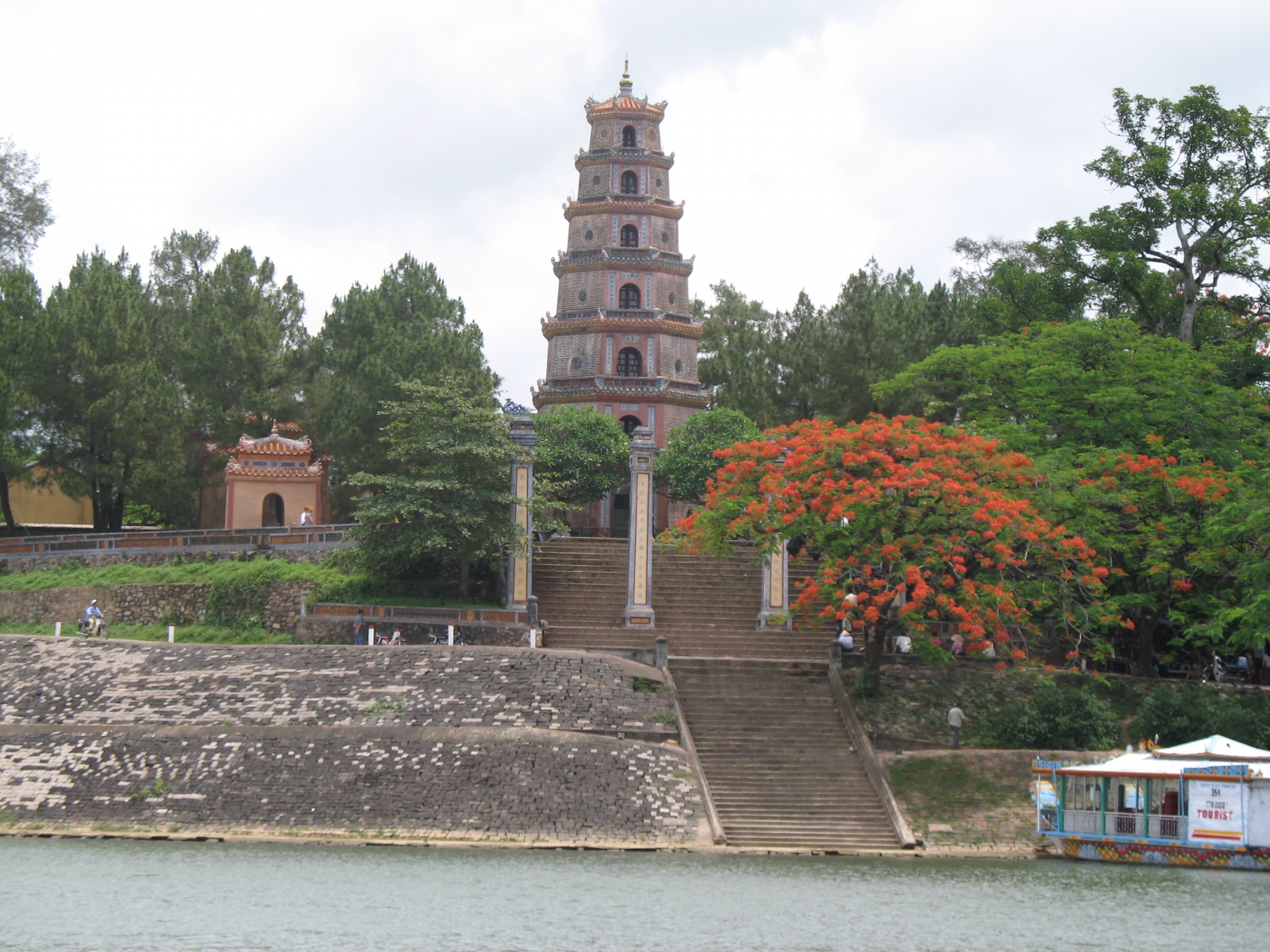
TU DUC MAUSOLEUM
Tu Duc Mausoleum - the best preserved Nguyen Kings' Mausoleums in Hue is located about 8 km from Hue city centre. It was built in 1864 and completed in 1867 on an area of 475 ha. Unlike other tombs which were built symmetrically, Tu Duc Tomb was built liberally and in harmony with the available nature, which reflects the romantic soul of this poet king. Tu Duc Tomb is a masterpiece poem, a charming landscape painting, which evokes visitors “a gentle dream.” Tu Duc Tomb was built in an extremely difficult historical context of the country and of the king himself.

MINH MANG MAUSOLEUM
The Tomb is 12km form Hue, on Cam Ke mount, near Bang Lang fork, on the west bank of the Perfume River. It was built in 1601, and then Lord Nguyen Phuc Tan had it renovated in 1665. In 1710, Lord Nguyen Phuc Chu had a great bell cast (2.5m high, 3.285kg) and in 1715, he had a stele (2.58 m high) erected on the back of a marble tortoise. In September 1840, the construction of the tomb began. In January 1841, while the work was implemented Minh Mang was sick and passed away. Emperor Thieu Tri, his successor to the throne, continue this task according to his father's plans. Emperor Minh Mang's corpse was buried in Buu Thanh on August 20th of 1841. The construction was fully completed in 1843. Minh Mang's tomb is a standard architectural complex consisting of 40 constructions (palaces, temples, pavilions, etc.) designed on an symmetric axis running from Dai Hong gate to the foot of La Thanh (Surrounding Wall) behind the Emperor's tomb.
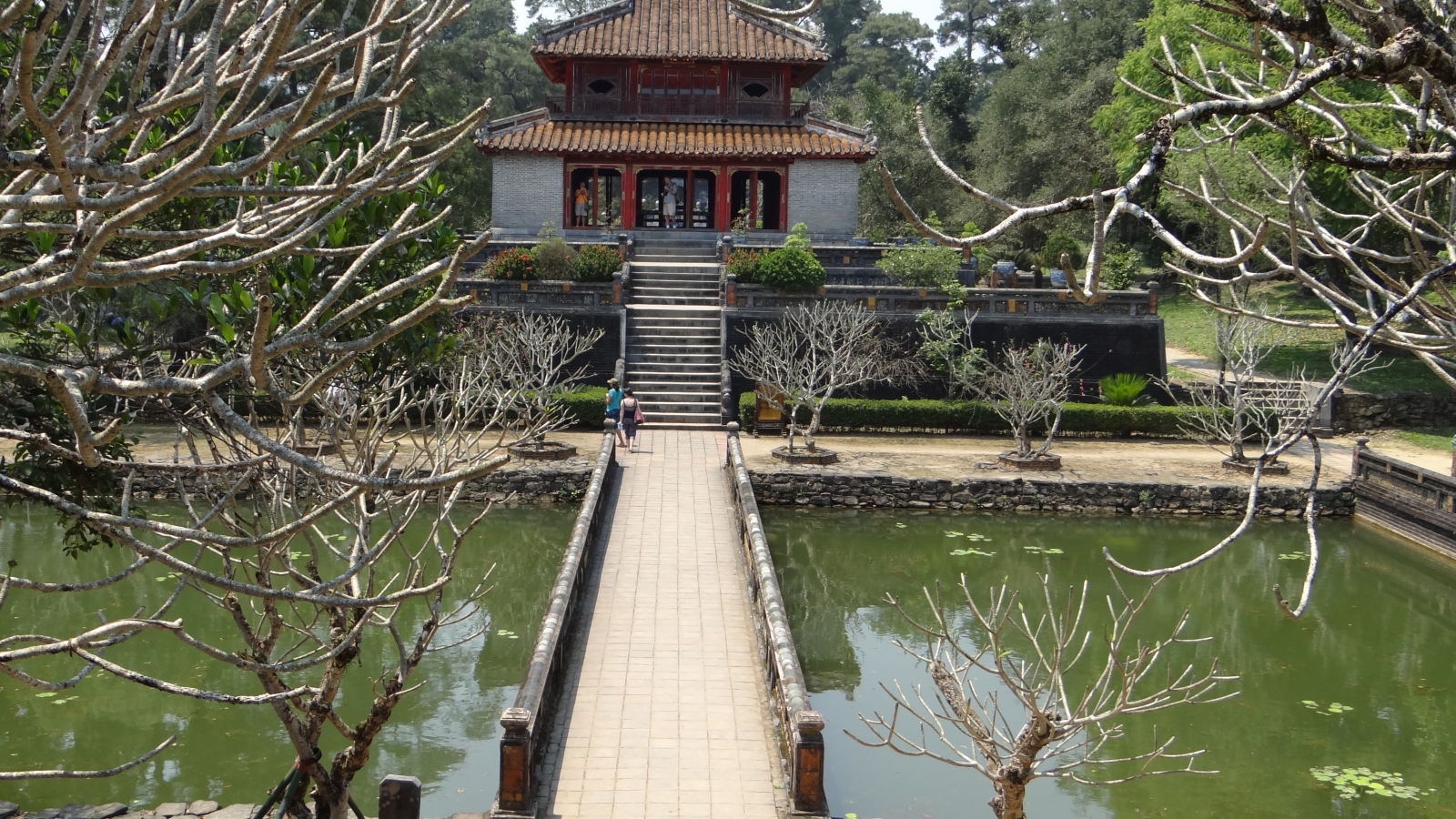
KHAI DINH MAUSOLEUM
This hillside monument is a synthesis of Vietnamese and European elements. Most of the tomb’s grandiose exterior is covered in blackened concrete, creating an unexpectedly Gothic air, while the interiors resemble an explosion of colourful mosaic. Khai Dinh was the penultimate emperor of Vietnam, from 1916 to 1925, and widely seen as a puppet of the French. The construction of his flamboyant tomb took 11 years. The tomb of Khai Dinh is 10km from Hue in Chau Chu village. Steps lead to the Honour Courtyard where mandarin honour guards have a mixture of Vietnamese and European features. Up three more flights of stairs is the stupendous main building, Thien Dinh. The walls and ceiling are decorated with murals of the Four Seasons, Eight Precious Objects and Eight Fairies. Under a graceless, gold-speckled concrete canopy is a gilt bronze statue of Khai Dinh, who is presumed to have been homosexual, though he did produce one heir. His remains are interred 18m below the statue.




